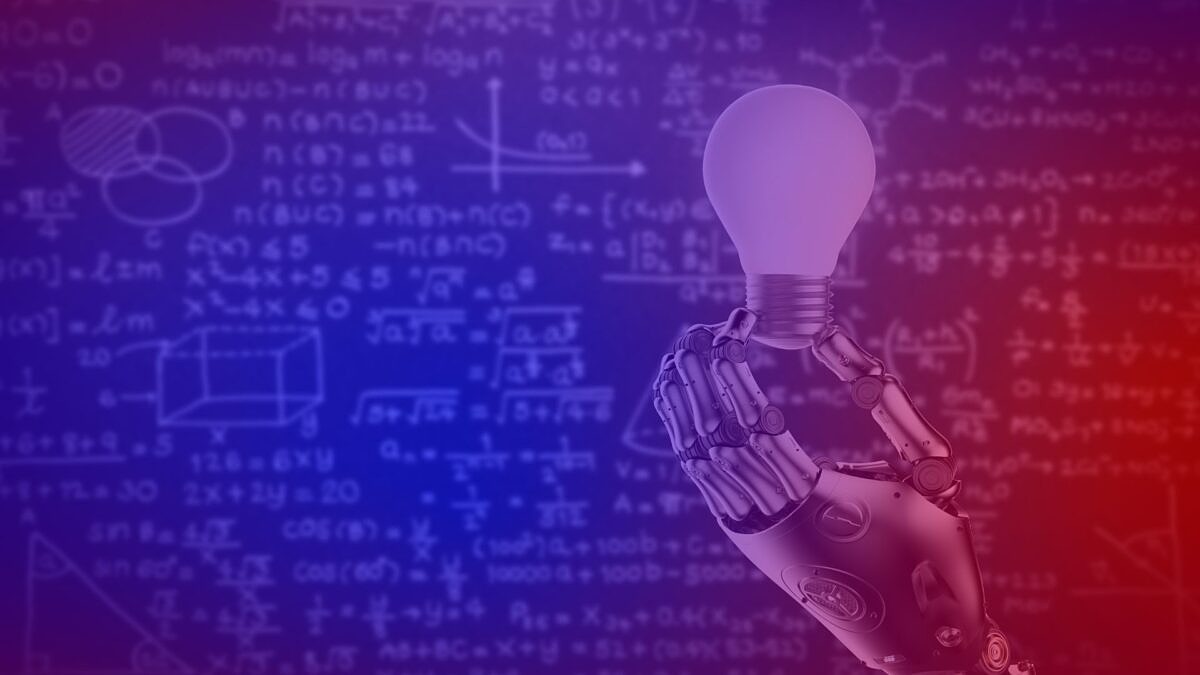AI playbook: how to use artificial intelligence – the right way
What’s possible with AI, and what opportunities does it bring? The brand-new AI playbook by the German Association for the Digital Economy (BVDW) provides a detailed overview of the status quo as well as the challenges and myths surrounding AI.

AI myths
Myths have always fascinated people and are an integral part of cultures and traditions all over the world. They often help us understand unexplainable phenomena or teach moral and ethical values. Despite their profound cultural significance, it’s important to critically question myths and differentiate them from historical facts and scientific findings.
Artificial intelligence is also a topic that is loaded with myths. These tend to fuel exaggerated fears and unrealistic expectations, often leading to misunderstandings about the technology’s actual capabilities and limits.
In the BVDW’s AI playbook, we clear up the most prevalent myths about artificial intelligence that are circulating both in the general public and among professional circles. By shedding light on misunderstandings, we aim to paint a more realistic picture of the capabilities and limits of AI. It is of paramount importance to distinguish between scientifically proven information and speculative assumptions in order to harness the full potential of AI. In the following, we provide an exclusive excerpt from the playbook.
Myth: Artificial intelligence is a new topic
Artificial intelligence is not a new topic. The idea of artificial intelligence has been around for a long time, and the term was coined by Professor John McCarthy back in 1955. Research in this field has made continuous strides ever since.
However, the rapid growth of datasets and the use of cloud computing have now given AI fresh momentum, resulting in its breakthrough.
Myth: AI is like a human
Artificial intelligence does not think like a human. AI works on the basis of algorithms, data processing, and machine learning. In contrast to human thinking, which is often influenced by emotions, intuition, and complex social relationships, AI operates on a logical and algorithmic level.
AI systems can identify complex patterns, analyze huge volumes of data, and perform defined tasks with high precision, but they do not experience things consciously or have self-awareness or emotional understanding. Their mode of operation is limited by the specific algorithms and training data that they are built on.
Myth: The use of AI will make human work obsolete
The use of artificial intelligence has the potential to automate and optimize certain tasks, which could lead to changes on the job market. Some manual and repetitive tasks could be performed more efficiently by AI-controlled systems. That could lead to certain areas of work being automated and some jobs becoming less important.
However, it is crucial to emphasize that the use of AI doesn’t necessarily mean that human work will become obsolete. Instead, it could contribute to the creation of new types of jobs involving the development, maintenance, and monitoring of AI systems. It is expected that AI will complement human work in areas where the strengths of machines (e.g. fast data analysis) and the strengths of humans (e.g. creativity and emotional intelligence) can be combined.
The implications for the job market depend on various factors, such as political decisions, education systems, company strategies, and society’s ability to adapt. It is important to holistically assess the potential and challenges of AI and develop strategies to maximize its positive effects, while overcoming possible negative ones.
Myth: Artificial intelligence could overtake human intelligence
The question of whether artificial intelligence will overtake human intelligence is being frequently debated among scientists, researchers, and experts. Opinions are split on the topic. Some argue that although AI can already perform better when handling certain tasks and applications (for example when carrying out certain forms of data analysis, pattern recognition, and CPU-intensive calculations), human intelligence spans many other aspects that are more difficult to replicate. These include creativity, emotional intelligence, social skills, adaptability, and moral judgement.
Others believe that the development of AI and human intelligence could perhaps complement each other in a number of ways. For example, AI could help automate certain tasks and enhance human capabilities instead of replacing them.
However, it is still unclear whether AI could achieve or surpass the full spectrum of human intelligence and, if so, when. The advances in AI research are impressive, but there are still plenty of challenges, especially in terms of the ability of machines to understand and adapt.
In any case, it is important to design the use of AI ethically and responsibly to ensure that its development is aligned with the values and needs of society.
Myth: AI learns and improves on its own without human assistance
The terms “self-learning” and “autodidactic” are often used in the context of machine learning, particularly in relation to methods such as reinforcement learning. With this type of learning process, an AI platform can learn and improve its performance independently by interacting with its environment or receiving feedback.
However, it is important to note that AI self-learning is not synonymous with fully autonomous learning without human assistance. In most cases, human assistance is required to initiate the learning process, define the goals, provide the data, and create the framework for learning. Human intervention may also be necessary to monitor the learning process and adapt the algorithms.
Aspects relating to ethics, safety, and security also have to be taken into account. Fully autonomous learning could lead to unpredictable and undesirable results, so it is important to ensure human supervision and control.
In general, researchers and developers are striving for AI systems that demonstrate some form of self-improvement, while still emphasizing the importance of integrating them into human processes and decision-making.
Has this made you want to find out more about the topic of AI?
In the BVDW’s AI playbook, we dispel even more AI myths and take you on a deep dive into the world of artificial intelligence.






